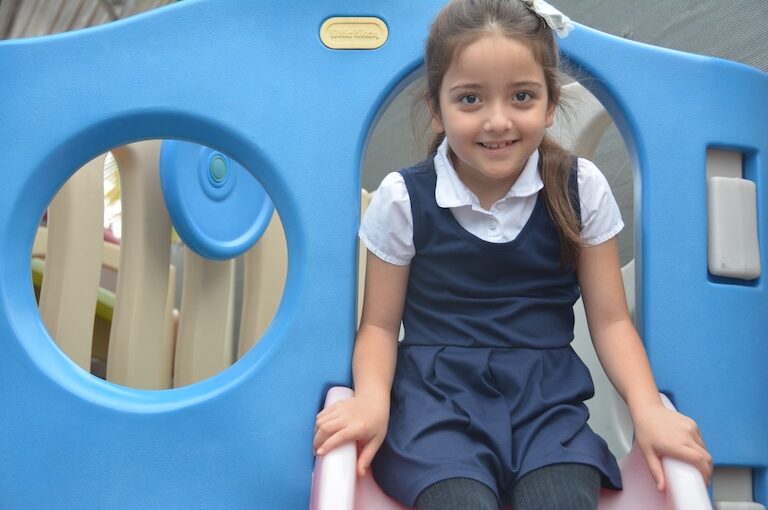Lommodo ligula eget dolor. Aenean massa. Cum sociis que penatibus et magnis dis parturient montes lorem, nascetur ridiculus mus. Donec quam felis, ultricies nec, pellentesque eu, pretium quis, sem. Nulla onsequat massa quis enim.
Incorporating Montessori principles at home can create a nurturing and stimulating environment for your child. Here are some practical steps to get started:
- Organize Your Environment
- A Place for Everything: Ensure that every item has a designated spot. This helps children learn responsibility and organization.
- Child-Friendly Spaces: Arrange furniture and materials at a child’s height to encourage independence. For example, use low shelves for toys and books.
- Emphasize Life Skills
- Practical Activities: Involve your child in daily tasks like cooking, cleaning, and gardening. These activities teach valuable life skills and foster independence.
- Self-Care: Encourage children to dress themselves, brush their teeth, and take care of their personal hygiene.
Parents can incorporate Montessori principles at home by creating a prepared environment that encourages independence, such as providing child-sized furniture and easy access to learning materials. Additionally, they can involve children in everyday activities like cooking and cleaning, which promotes practical life skills and hands-on learning.
- Create a Prepared Environment
- Simplify and Declutter: Keep the environment simple and free of clutter. This reduces distractions and helps children focus on their activities.
- Accessible Materials: Provide materials that are easy for children to access and put away on their own.
- Encourage Independence
- Choice and Autonomy: Allow children to choose their activities and work at their own pace. This fosters a sense of autonomy and self-motivation.
- Problem-Solving: Encourage children to solve problems on their own before stepping in to help.
- Focus on Inner Motivation
- Intrinsic Rewards: Avoid using external rewards like stickers or treats. Instead, praise effort and progress to build intrinsic motivation.
- Encouragement: Offer positive reinforcement and encouragement to boost your child’s confidence and self-esteem.
- Teach Concentration
- Uninterrupted Work Periods: Allow children to work on tasks without interruptions. This helps them develop concentration and focus.
- Engaging Activities: Provide activities that are challenging yet achievable to keep children engaged and interested.
- Respect the Child’s Pace
- Patience and Understanding: Recognize that each child learns at their own pace. Be patient and provide support as needed.
- Observation: Observe your child to understand their interests and developmental needs, and adjust the environment accordingly.
Conclusion
By incorporating these Montessori principles at home, you can create a supportive and enriching environment that promotes your child’s natural curiosity and love of learning. Remember, the goal is to foster independence, confidence, and a lifelong passion for discovery.






Leave a Reply